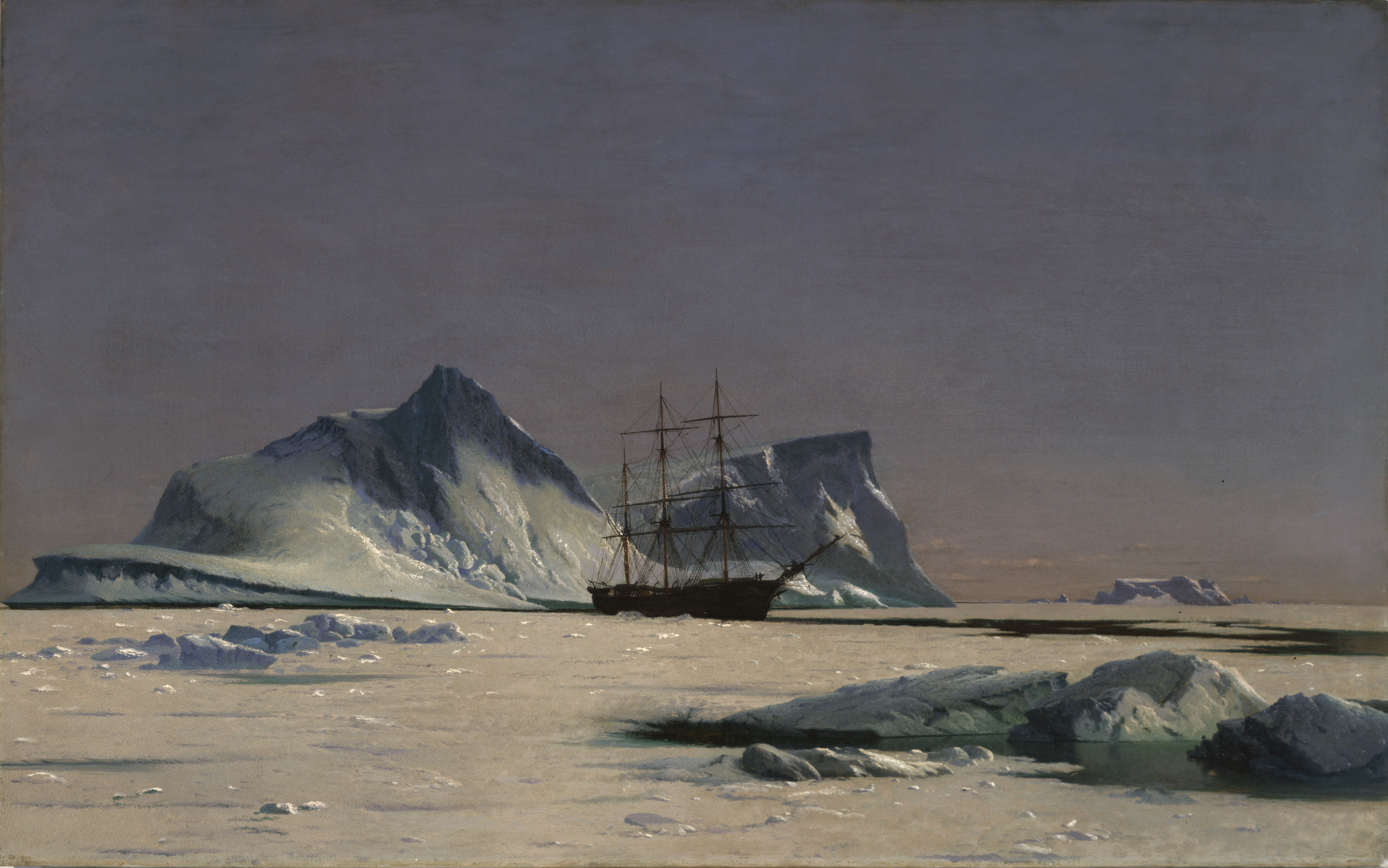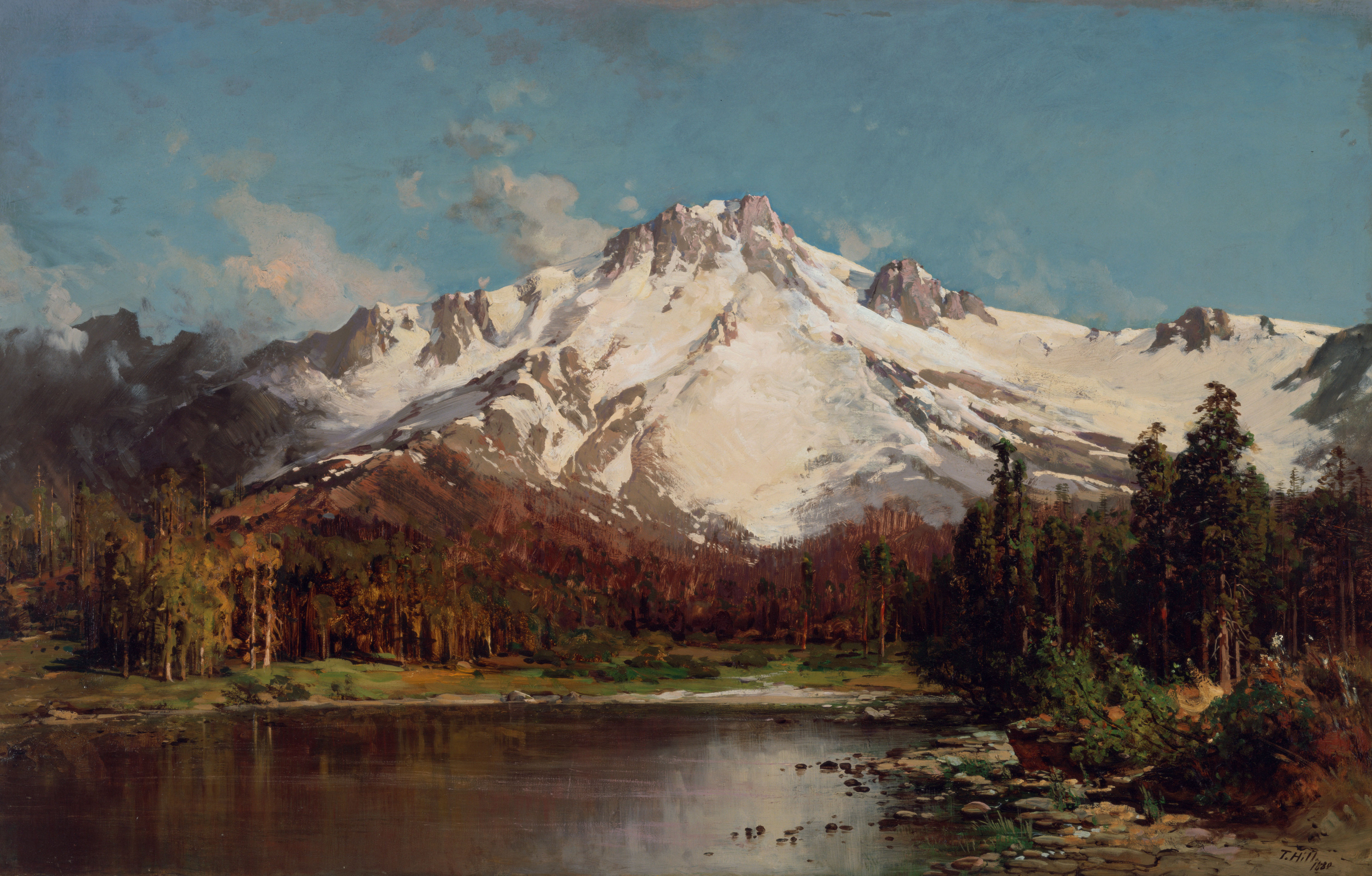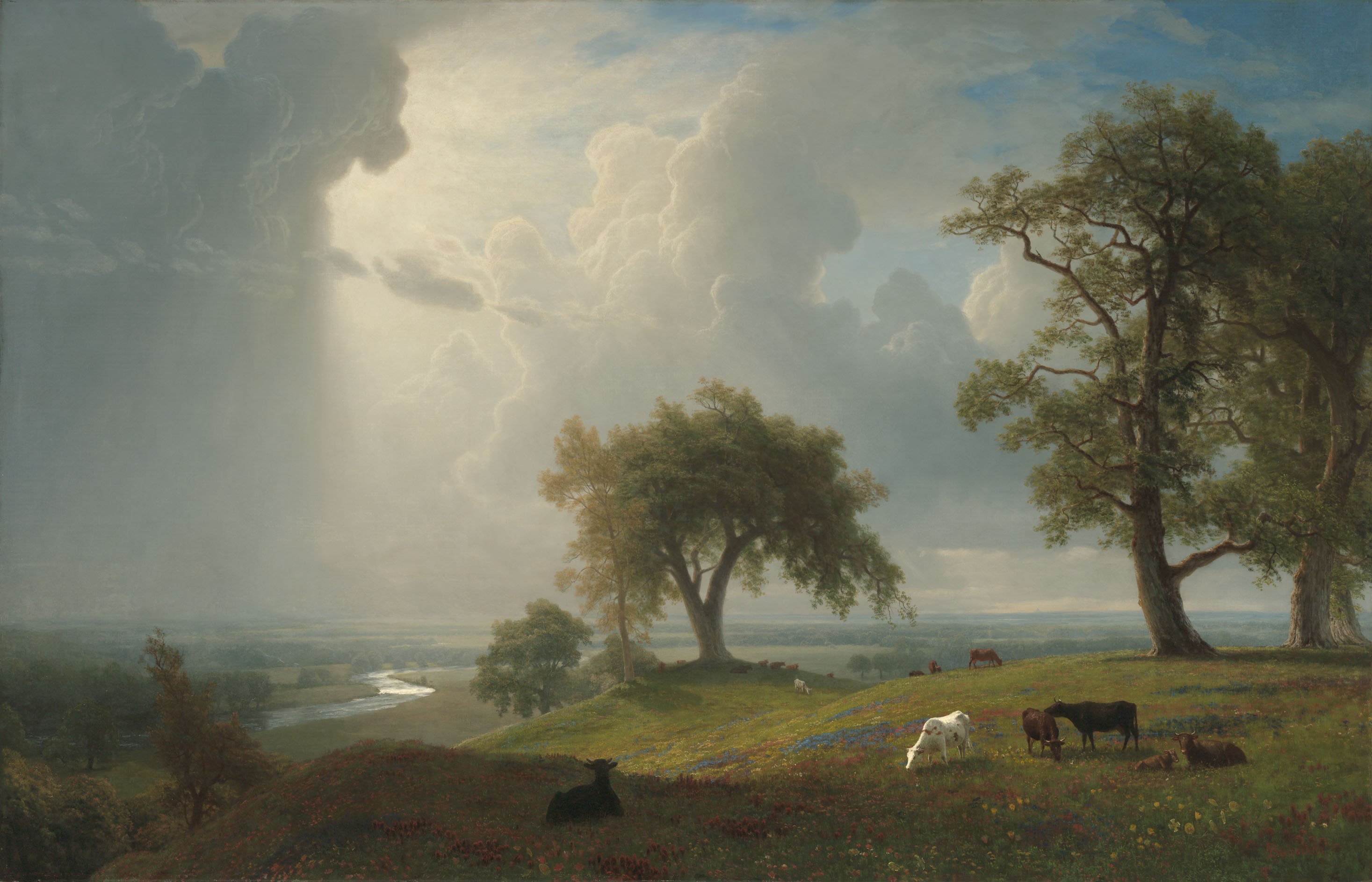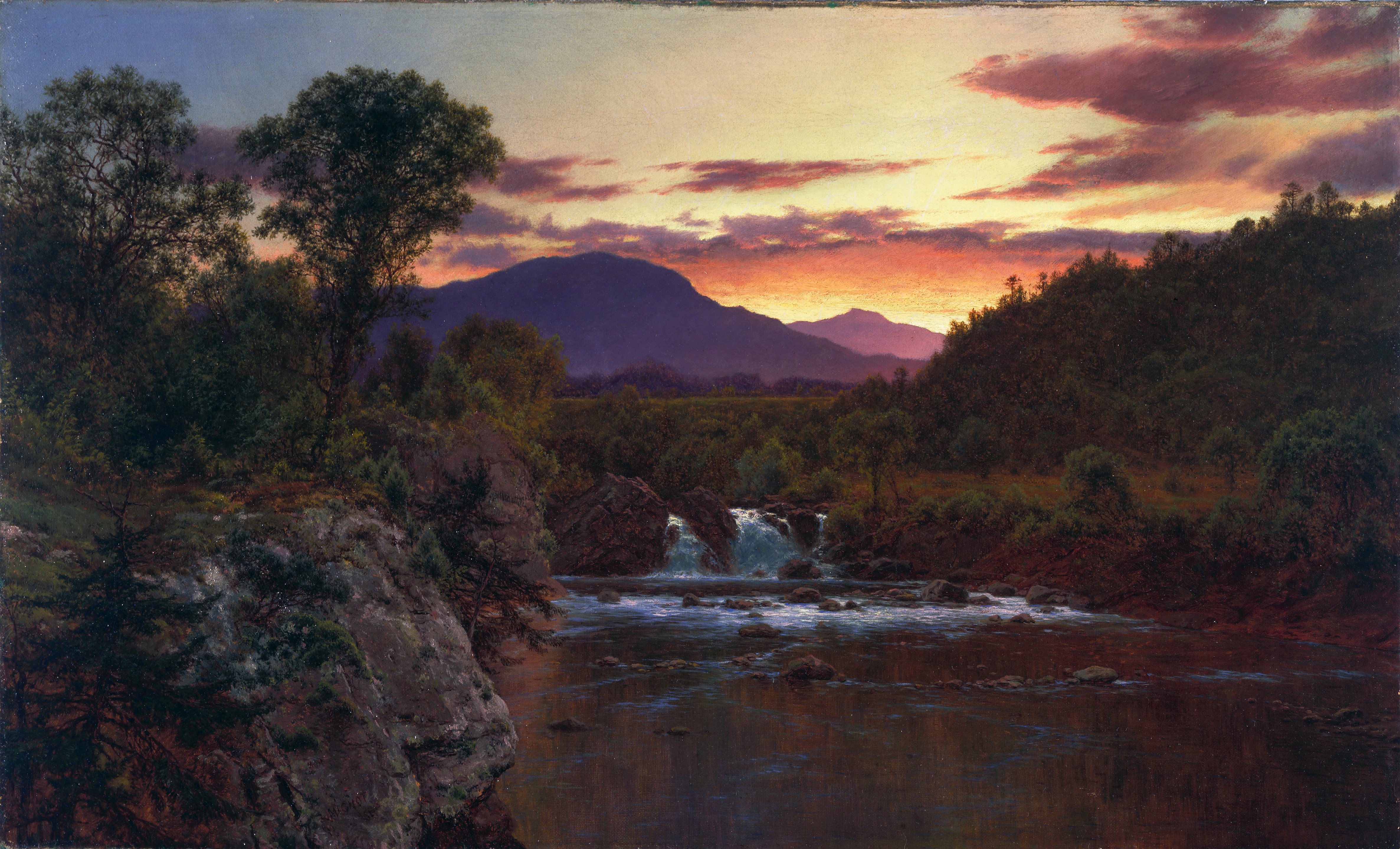Fishing Party in the Mountains
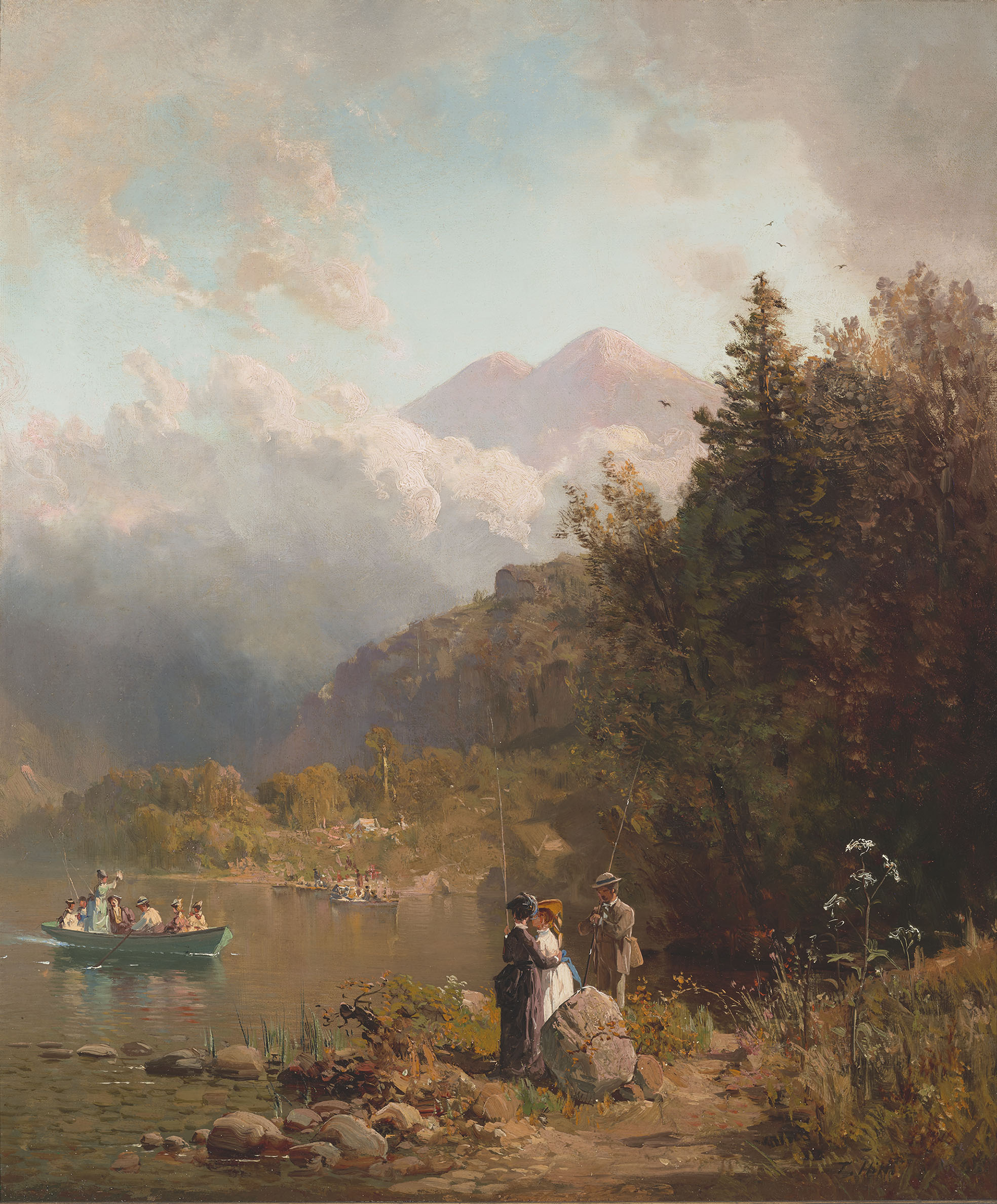
How do outdoor activities make you feel?
This painting shows how a reverence for nature helped cultivate rural, recreational tourism. The popularity of fishing was greatly enhanced by the publication of the first American edition (1847) of Isaak Walton’s legendary fishing guide The Compleat Angler: The Contemplative Man’s Recreation (1653). While some Americans fished for sustenance and others “angled” for pleasure, most believed that fishing enhanced the participant’s physical and mental health.
